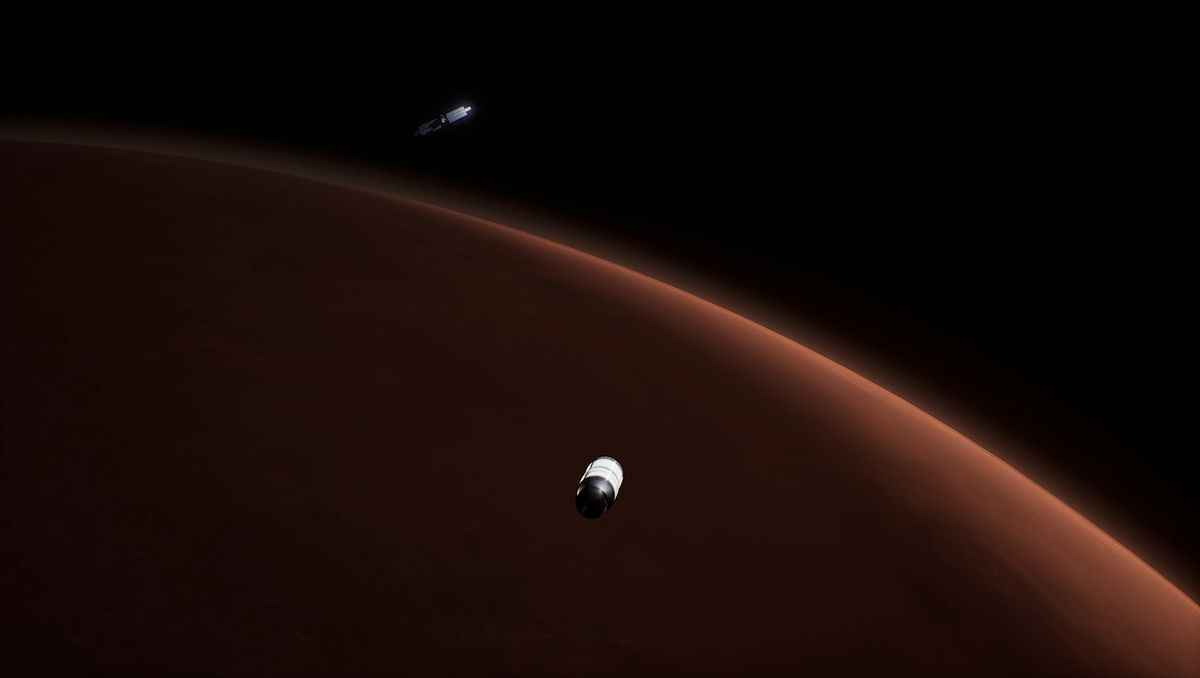Now Reading: Can NASA’s $3B Private Plan Rescue Mars Sample Return Mission?
-
01
Can NASA’s $3B Private Plan Rescue Mars Sample Return Mission?
Can NASA’s $3B Private Plan Rescue Mars Sample Return Mission?

Rapid Summary
- NASA’s Mars Sample Return (MSR) Mission: Aimed at bringing Martian samples collected by teh Perseverance rover back to Earth, the mission is facing possible cancellation due to cost concerns.
- Budget Challenges: Initial cost estimates for the MSR campaign have ballooned up to $11 billion, leading to self-reliant reviews and reduced funding in Trump administration budget proposals for 2026.
- Lockheed Martin’s Proposal: The aerospace company has suggested a streamlined option costing under $3 billion.It features a smaller lander, Mars ascent vehicle, and Earth entry system leveraging proven designs from prior missions like NASA’s InSight lander.
- Competitors and Alternatives:
– Rocket Lab is also proposing a lower-cost alternative in response to NASA’s request for ideas on faster and cheaper solutions.
– China’s Tianwen 3 mission could make China the first country to return Martian samples; it is set for launch in late 2028.
- Future U.S. Strategy: Current U.S. plans appear focused on human exploration of Mars rather than robotic sample missions, likely involving SpaceX’s Starship megarocket.
Indian Opinion analysis
The intensified global competition over Mars exploration highlights significant implications for space policy worldwide. India,known for its efficient low-cost space programs like Mangalyaan (Mars Orbiter Mission),may find inspiration in Lockheed Martin’s approach of reducing complexity through heritage technologies while cutting costs-a model that aligns with ISRO’s established practices.
India should monitor developments closely as technological advancements from these Mars sample-return initiatives could pave new pathways for interplanetary science collaborations or bolster future Indian exploratory missions. Moreover,China’s potential success with Tianwen 3 would mark an significant milestone regionally and globally-possessing strategic consequences on how countries view their scientific prowess beyond Earth.
To stay competitive long-term within this growing space race towards deep-space exploration capabilities, India’s focus might benefit from prioritizing dual approaches: enhanced investment in robotic planetary research alongside slow but steady groundwork toward human exploratory ambitions.

























